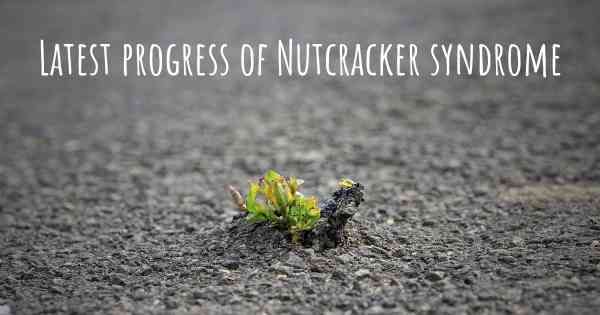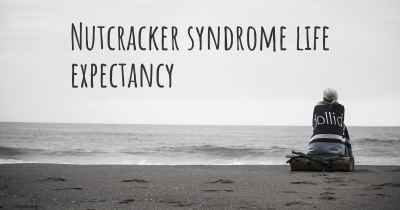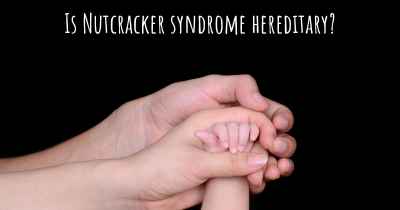What are the latest advances in Nutcracker syndrome?
Here you can see the latest advances and discoveries made regarding Nutcracker syndrome.

Nutcracker syndrome, also known as left renal vein entrapment syndrome, is a rare condition characterized by compression of the left renal vein between the aorta and the superior mesenteric artery. This compression can lead to various symptoms, including hematuria (blood in urine), flank pain, varicocele (enlarged veins in the scrotum), and pelvic congestion syndrome.
In recent years, there have been several advances in the diagnosis and treatment of Nutcracker syndrome. These advancements aim to improve patient outcomes and provide more effective management options.
Diagnostic Advances:
1. Imaging Techniques: Various imaging techniques have been developed to aid in the diagnosis of Nutcracker syndrome. Doppler ultrasound, computed tomography (CT) scan, magnetic resonance imaging (MRI), and venography are commonly used to visualize the compression of the left renal vein. These imaging modalities help in confirming the diagnosis and assessing the severity of the condition.
2. Hemodynamic Measurements: Invasive hemodynamic measurements, such as renal vein pressure gradient measurement, have been utilized to evaluate the severity of Nutcracker syndrome. These measurements provide valuable information about the degree of compression and help guide treatment decisions.
Treatment Advances:
1. Conservative Management: Conservative management options, such as lifestyle modifications and pharmacotherapy, have been explored for patients with mild Nutcracker syndrome. These approaches aim to alleviate symptoms and improve quality of life without invasive interventions.
2. Endovascular Techniques: Endovascular techniques, including renal vein stenting and angioplasty, have emerged as minimally invasive treatment options for Nutcracker syndrome. These procedures aim to relieve the compression of the left renal vein and restore normal blood flow. Endovascular interventions have shown promising results in improving symptoms and preserving renal function.
3. Surgical Interventions: Surgical interventions, such as renal vein transposition and gonadal vein transposition, are considered in cases where conservative and endovascular approaches fail to provide adequate relief. These surgical procedures involve rerouting the left renal vein to alleviate the compression and restore normal blood flow.
4. Laparoscopic Approaches: Laparoscopic techniques have gained popularity in the surgical management of Nutcracker syndrome. Laparoscopic nephrectomy, renal autotransplantation, and gonadal vein transposition can be performed using minimally invasive approaches, resulting in reduced postoperative pain, shorter hospital stays, and faster recovery.
Future Directions:
The field of Nutcracker syndrome continues to evolve, and ongoing research is focused on further understanding the pathophysiology, refining diagnostic criteria, and exploring novel treatment options. Some areas of future investigation include:
1. Genetic Factors: Studying the genetic factors associated with Nutcracker syndrome may provide insights into its etiology and help identify individuals at higher risk.
2. Long-term Outcomes: Long-term follow-up studies are needed to assess the durability of various treatment modalities and their impact on renal function, symptom recurrence, and quality of life.
3. Multidisciplinary Approaches: Collaboration between different specialties, such as urology, vascular surgery, and interventional radiology, can lead to comprehensive and individualized management strategies for patients with Nutcracker syndrome.
In conclusion, recent advances in the diagnosis and treatment of Nutcracker syndrome have provided clinicians with a range of options to manage this rare condition. From improved imaging techniques to minimally invasive interventions, these advancements aim to alleviate symptoms, preserve renal function, and enhance patient outcomes.
Posted Oct 6, 2017 by Sheri 2000
Posted Apr 27, 2022 by Isabelle Munoz 3500








